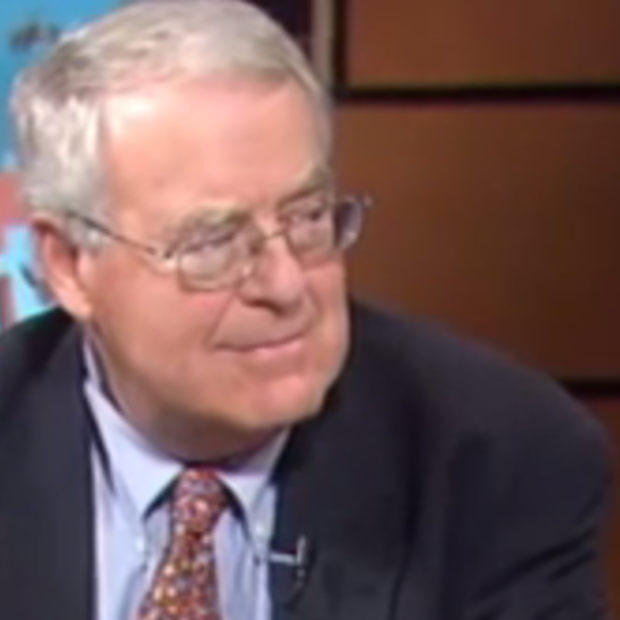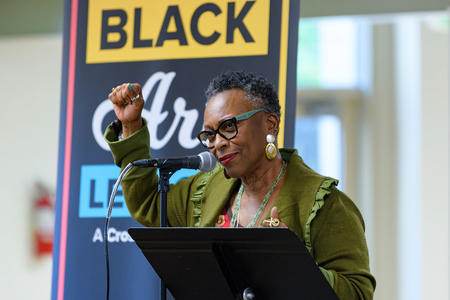The state is stepping up to putting more tolls on highways, bridges, and tunnels. As the talk and the politics intensify, particularly for a section of I-405 from Bellevue to Bothell, here's a lexicon for express toll lanes, HOT Lanes, carpool lanes, and HOV lanes. Plus a quick look at one of the most interesting problems that lurks in the discussion.
Express toll lanes and HOT (“High Occupancy Toll”) lanes are the same thing. The idea is that a highway lane (tolled or not) ought to be used right to the verge of the volume of vehicles that cause it to clog into a traffic jam. This can be achieved even in peak hours with constantly varying toll rates — dunned electronically to drivers’ accounts — that go up and down to induce or deter just the right number of drivers to choose the lane. That many. No more.
Variable tolling systems for express toll lanes have only emerged in the last decade. And they rapidly continue to improve to make billing simpler and toll lanes easier to use.
These toll lanes have one purpose in common with that other highway management approach, the old-style carpool or HOV (“High Occupancy Vehicle”) lanes. But they also have one key difference.
The common purpose is to make sure at least part of the roadway is free of congestion. That’s essential for reliable bus and vanpool services that move a lot of people in the space for one vehicle and help ease the overall volume of auto traffic.
The difference is that in an express toll lane the choice of the fast lane is for a price that goes up (or down) depending on how much more traffic the lane can handle. In a carpool lane the arbitrary test for use of the lane is how many people are in the car, no matter how full or empty the lane is.
The traditional carpool lane has its limitations when the entry ticket is the inflexible criteria of two or more people in the car. Sometimes drivers in adjoining jammed regular lanes look over to a seemingly underused carpool lane. Why can’t there be more cars in it to get better use from it? Good question!
Today, more frequently the problem is that in peak hours so many two-to-a-car vehicles flood into the carpool lane that it’s as bad as the regular lanes: stalled speeds, shrunken volumes. (In the Puget Sound Region there are probably in excess of 50,000 more daily carpool trips today than in 1990.) When that happens there is no fast lane for transit or for anyone else, including the carpoolers. Big drawback!
That problem is no surprise. When carpool lanes were first established there was a vigorous “now or later” debate about the right limit for the carpool privilege: two-to-a-car, or three-to-a-car? Pragmatism won. Except for three-to-a-car from the start on the Evergreen Point Bridge, carpool lanes were introduced with the two-to-a-car rule.
Everyone involved at the time believed that later the rule would have to be, and could be, changed to three-to-a-car. Everyone was entirely up-front about this expectation. The trigger would be the growth of traffic in the carpool lanes to the point where access would have to be cut back so that they would still work.
Didn't happen. Good luck today with that ticking time bomb for a political revolt. The moment of truth is at hand, at least for some carpool lane segments. But no one today seriously talks about outright banishing the two-to-a-car carpoolers to thin out jammed carpool lanes.
Reluctance to disenfranchise two-to-a-car carpoolers is so high that even today’s express toll lane proposals envision free passage for those carpoolers. And the pilot project on State Highway 167, a carpool lane converted to an express toll lane so everybody can choose to use it, still operates that way.
It will surely be no slam-dunk, but express toll lanes might provide an answer for this devilish problem of transition for the carpool lanes. Eventually everybody including carpoolers could be put on an even footing in choosing to pay to be in an express toll lane.
But there’s a huge “if.” And that is whether the promise of express toll lanes proves convincing in practice. Overall the high efficiency and free flow of the priced lanes should move greater numbers of vehicles, not just move a few vehicles faster. The evidence, so far, is good. For example in Miami this innovation of express lane tolling has been the “aha” revelation.
If the system works here an entire roadway, tolled lanes and free, will move better. And if that’s shown, people could more readily accept new rules for tolling carpoolers as part of the system.
Innovations are almost all the same. Their real power to change the way things are done is when they work, not just when they sound good.
For express toll lane first we have to agree to try them on a busy corridor where they can really prove their mettle. Then we have to iron out kinks and get used to how they work. Then we can soberly judge how many problems they might help to solve. Would they, for example, help on I-5 by speeding today’s not-tolled, sometimes-express, reversible lanes between downtown and Northgate?
Can we make the shift to tolled express lanes?
Two political problems this good idea faces: getting carpoolers to pay for express lanes, since they now ride free; and finding the political staying power to let an innovative idea prove itself.

520 on a rainy day.
(WSDOT)
Two political problems this good idea faces: getting carpoolers to pay for express lanes, since they now ride free; and finding the political staying power to let an innovative idea prove itself.


